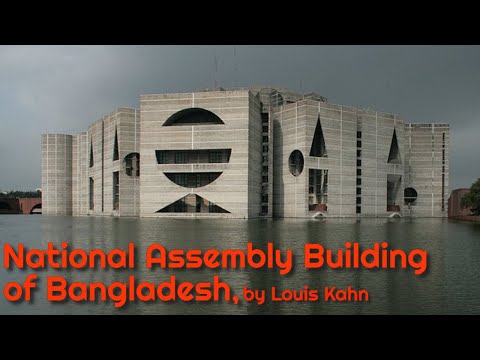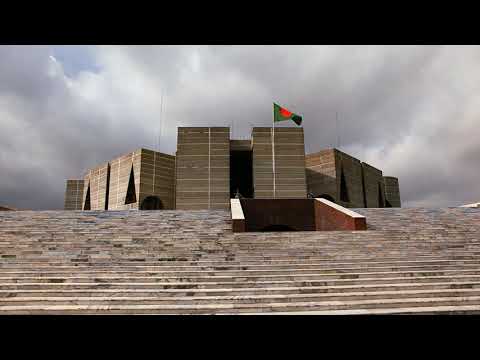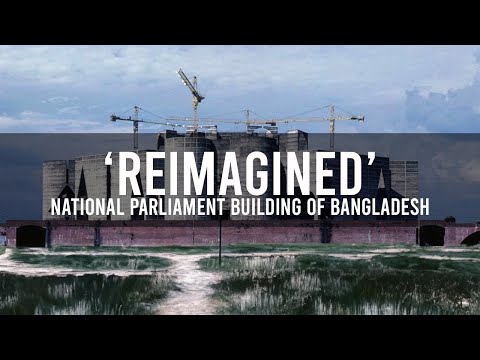Exploring The Magnificent Parliament Building In Bangladesh: A Marvel Of Architecture And History
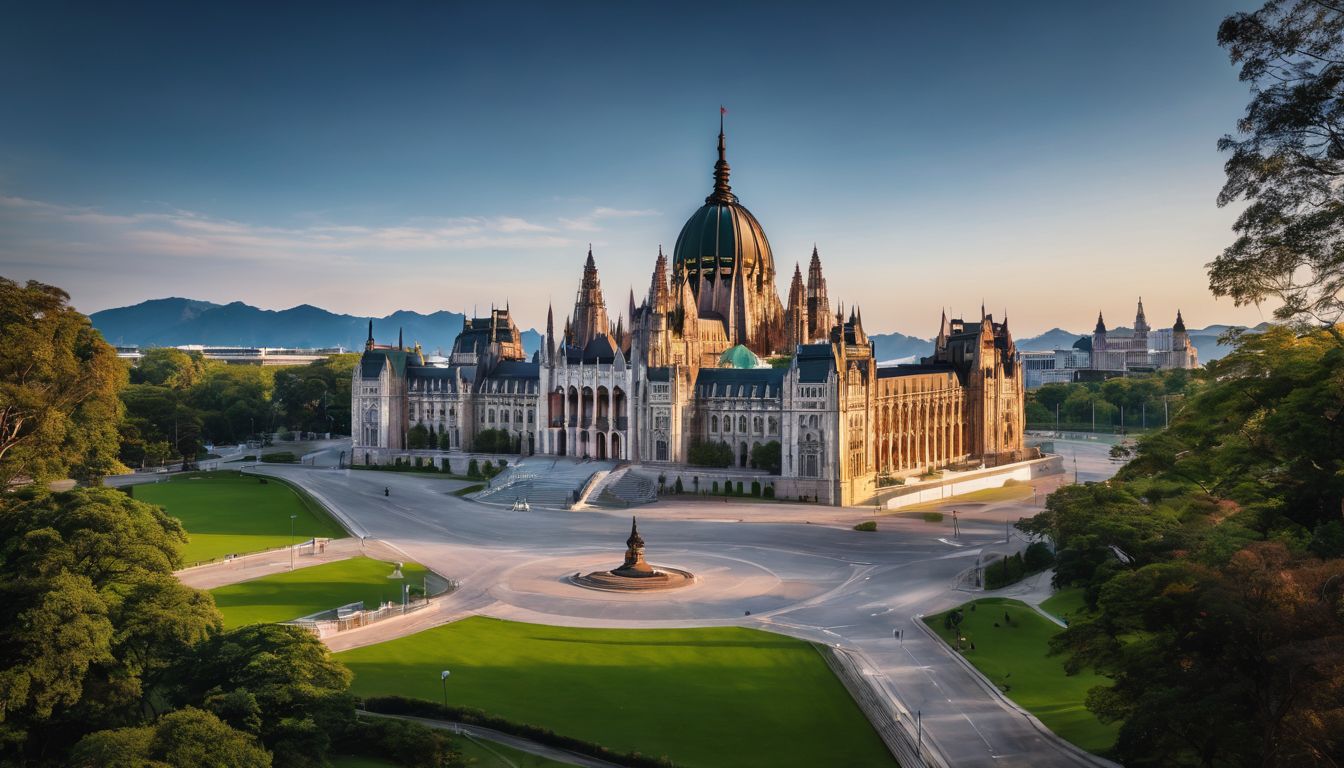
Are you a history buff or an architecture enthusiast looking to grasp the essence of Bangladesh’s rich past and striking design? The National Parliament Building in Bangladesh, designed by stellar architect Louis Kahn, is a perfect rendition of architectural brilliance mixed with historical significance.
Through this blog, we aim to take you on a virtual journey around this marvel – highlighting its design philosophy, intriguing facts, and much more that adds to its grandeur. Get ready for an enlightening exploration that’ll imbue your perspective on architecture!
Key Takeaways
- The National Parliament Building in Bangladesh, designed by architect Louis Kahn, is a stunning architectural masterpiece that combines modernity with tradition.
- The building’s design philosophy focuses on creating a space for democratic discourse and decision – making, emphasizing simplicity and an emotional connection with the environment.
- Visitors can explore the grandeur of the Parliament Building through guided tours, learning about its unique design elements and historical significance.
- The building serves as the official seat of Bangladesh’s government legislative body and plays a vital role in shaping governance and decision-making processes.
History of the Jatiya Sangsad Bhaban
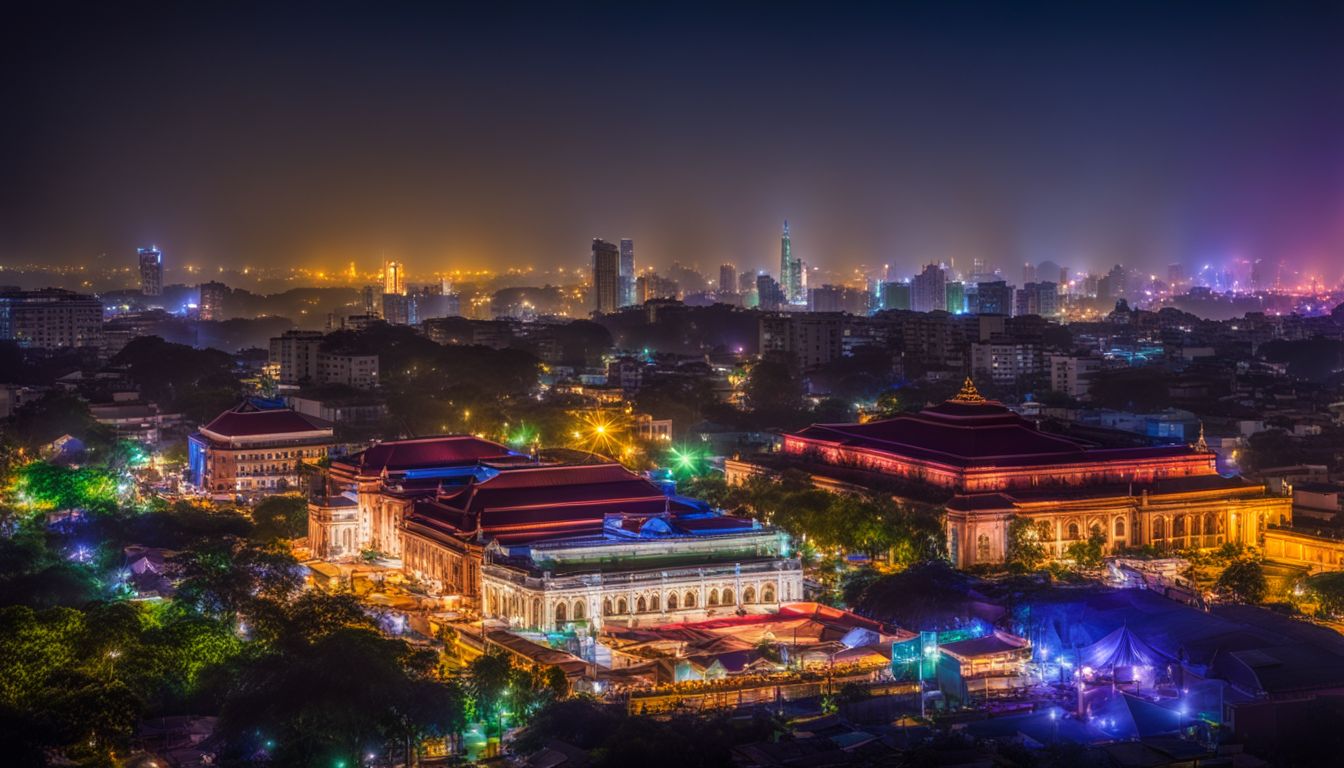
The Jatiya Sangsad Bhaban, the Bangladeshi Parliament building, was established in 1982 and has since undergone various developments to accommodate its growing needs.
Establishment

The Jatiya Sangsad Bhaban took shape in Sher-e-Bangla Nagar. Architect Louis Kahn gave it life. His designs turned into stone in 1961. For years, builders worked on it. In 1982, they finished it.
The result was a sight to behold – the largest legislative complex in the world! Now, this grand building stands tall and proud as Bangladesh’s national parliament building.
Current developments
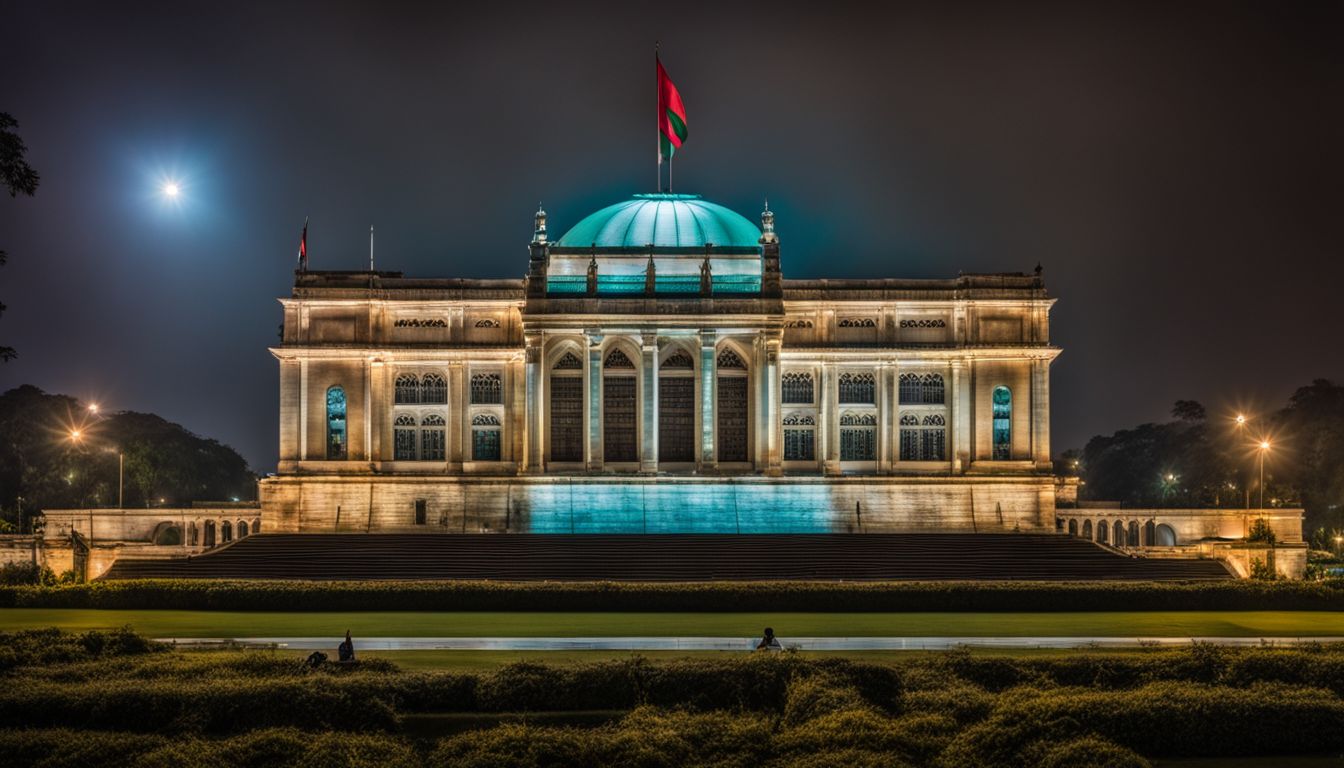
Work on the Parliament building in Bangladesh is still going on. Every year, new parts are added to make it better. For example, not long ago, more offices and places for people who work there were made.
Now, you can see that they have put up lights to show off its beauty at night.
Of course, changes like these take a lot of planning! They also need to keep the original design by Louis Kahn in mind when adding anything new. Even though this makes things harder, it’s very important because this building is special to Bangladesh.
It’s not just where laws get made – it’s part of our history!”.
History of use by Parliament
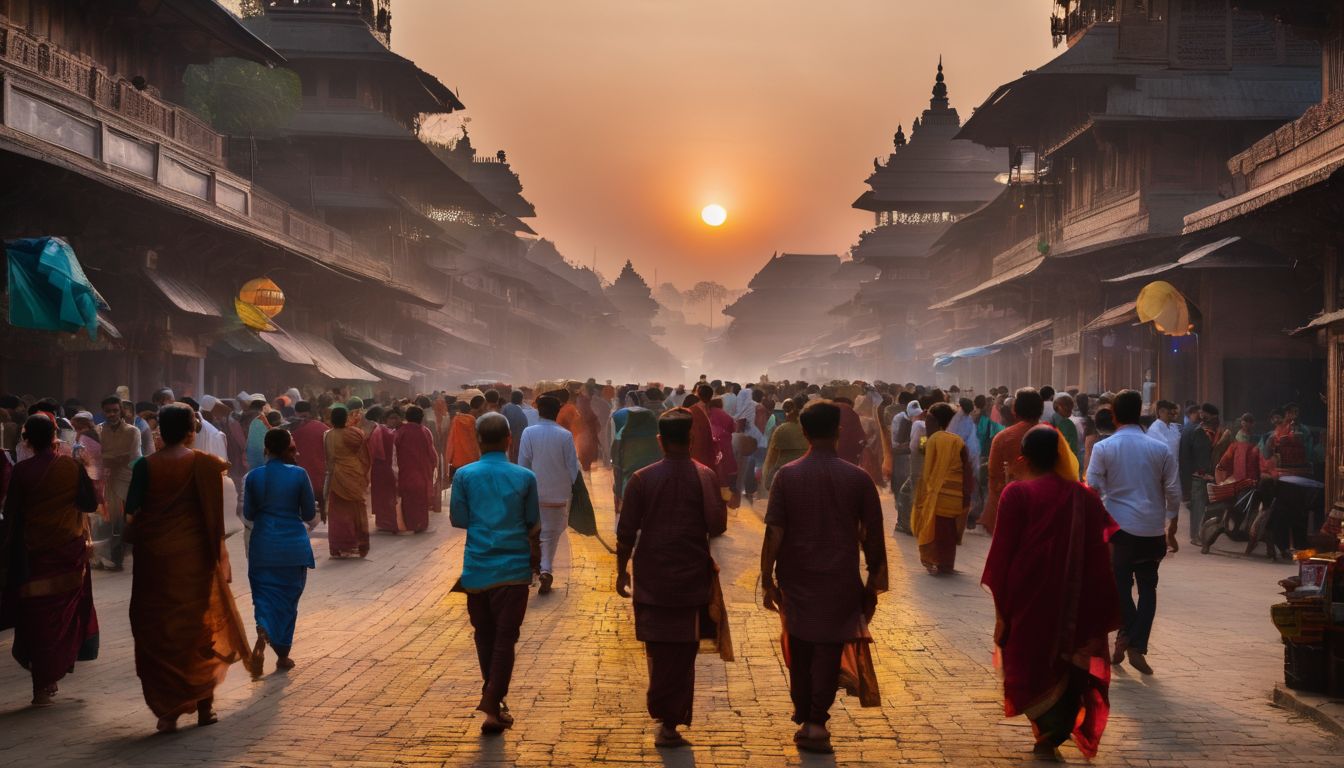
Ten parliaments have used the Jatiya Sangsad Bhaban till now in Bangladesh. Each parliament has left its mark on the building’s history. Among them, the Second Parliament used it for almost three years.
The use of this grand building by so many parliaments shows its worth and strength as a symbol of democracy. The history of this parliament building is vast and rich due to these continuous uses over time.
Architecture and Design
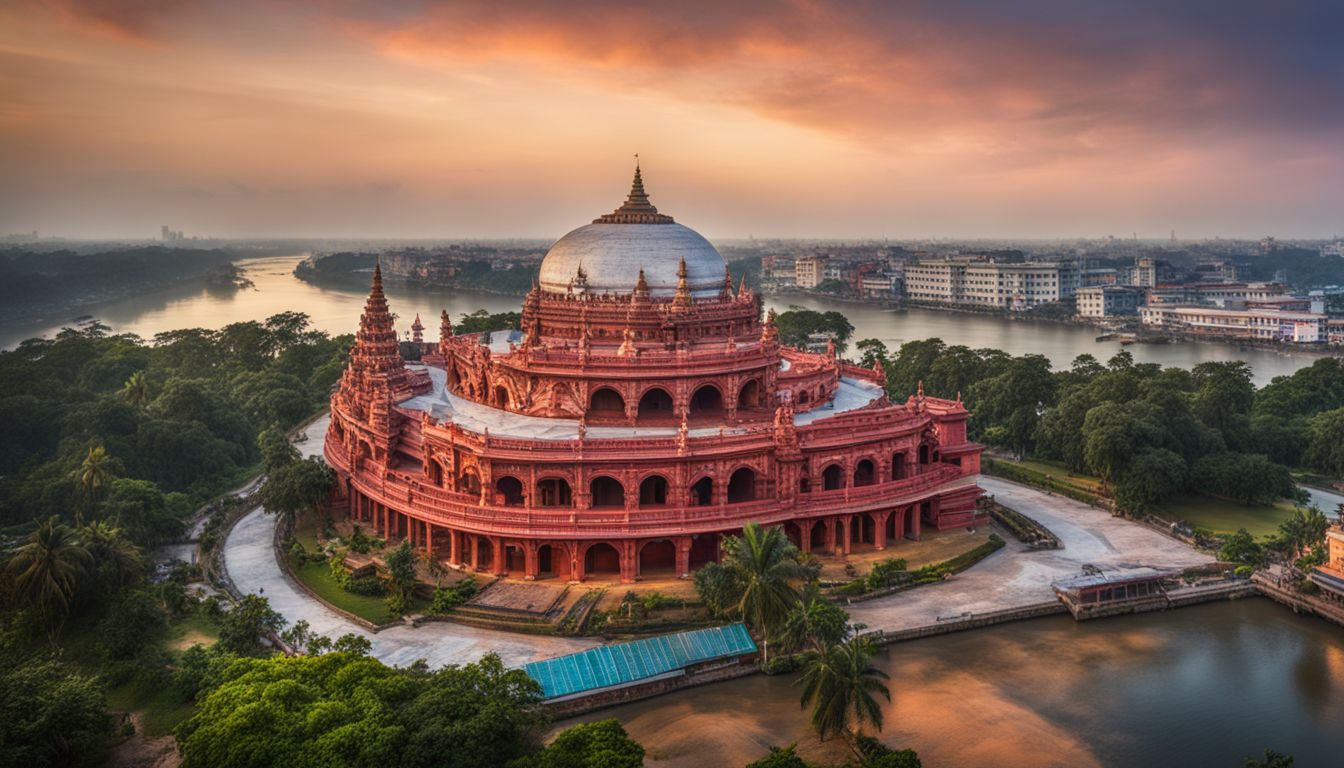
The architecture and design of the Jatiya Sangsad Bhaban embody a unique philosophy that embraces both modernity and tradition, resulting in a breathtaking masterpiece.
Design philosophy
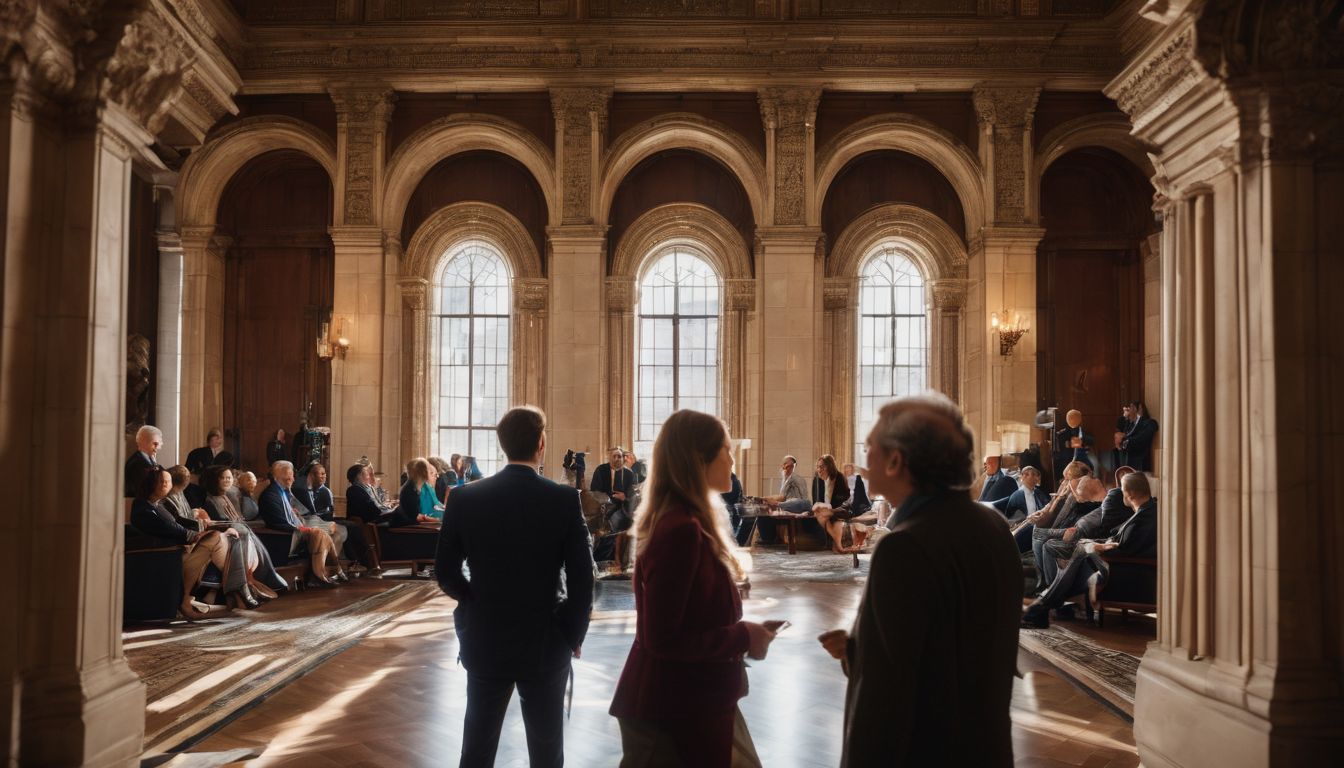
The design philosophy behind the Parliament Building in Bangladesh is centered around the principles of ‘spirit’ and ‘silence’. Architect Louis I. Kahn sought to create a space that would inspire a sense of awe and introspection.
The building’s design reflects its purpose as a place for democratic discourse and decision-making. With its utilitarian and sleek modernist aesthetic, the design embraces simplicity while also conveying a strong sense of grandeur.
The use of natural light, geometric shapes, and open spaces further enhance the overall atmosphere of serenity and contemplation within the complex. This approach to architecture emphasizes not just functionality but also an emotional connection with the space, creating an environment conducive to thoughtful dialogue and reflection on matters of governance.
The Bhaban (main building)
-136566168.jpg)
The Bhaban is the main building of the Parliament in Bangladesh. It was designed by architect Louis Kahn and completed in 1982. The Bhaban showcases modernist architecture with sleek and utilitarian design elements.
It covers an expansive area of 200 acres and is located in Sher-e-Bangla Nagar, Dhaka. This impressive structure serves as the house for the Parliament of Bangladesh, where important decisions are made for the country’s governance.
With its unique design and significance, the Bhaban stands as a symbol of pride for Bangladesh’s cultural and architectural landscape, leaving a lasting impact on future projects within the country.
Tourism and Accessibility
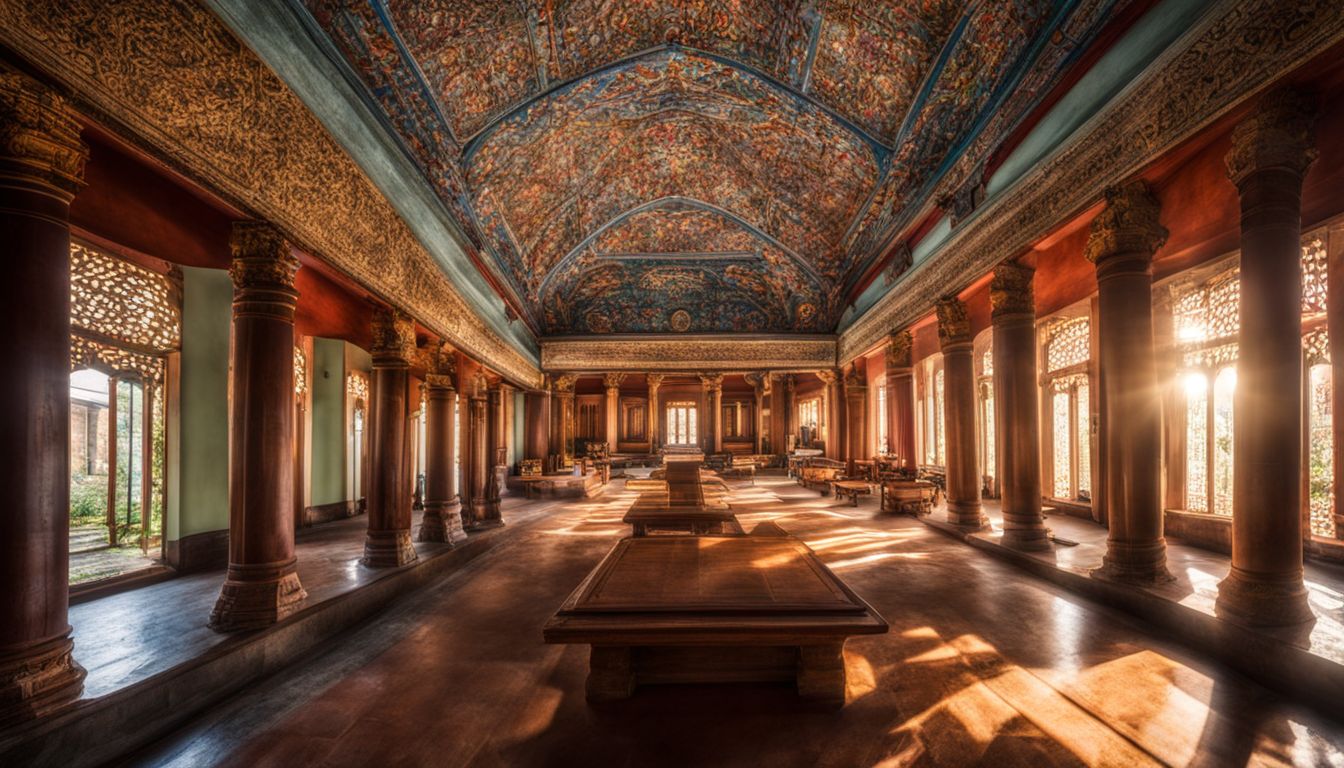
Visitors to the Jatiya Sangsad Bhaban can explore its grandeur and learn about its rich history through guided tours.
Visitors and accessibility information
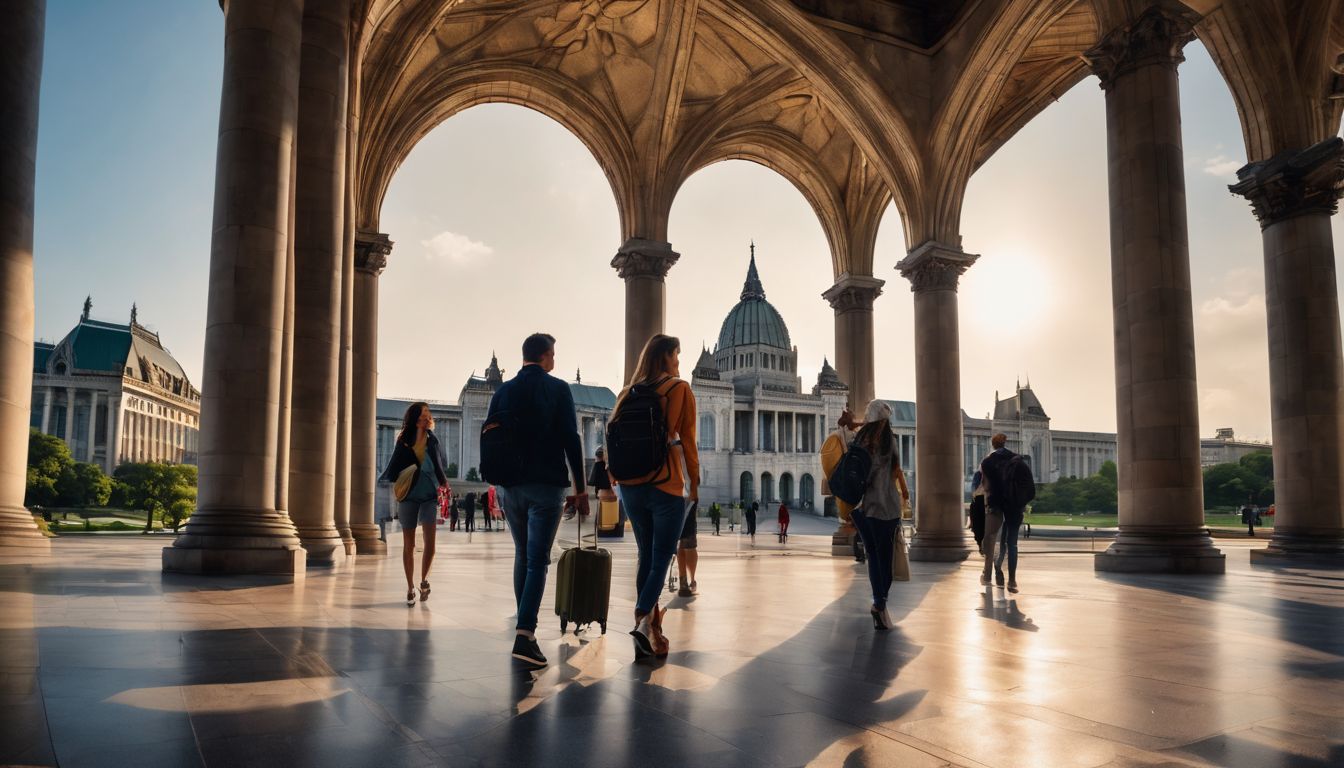
The National Parliament building in Bangladesh is visited by many tourists every year. If you plan to visit, here is some important information:
- Location: The Parliament building is located at Sher-e-Bangla Nagar in Dhaka, the capital of Bangladesh.
- Accessibility: The complex is easily accessible by road and public transportation. There are parking facilities available for visitors who come by car.
- Entry Requirements: Visitors need to go through security checks upon entering the complex. It is recommended to carry a valid ID or passport with you.
- Guided Tours: Guided tours are available for visitors who want to explore the building and learn more about its history and architecture. These tours can be arranged through official channels or with authorized tour operators.
- Opening Hours: The Parliament building is open to visitors on weekdays from 9 AM to 5 PM. It remains closed on weekends and public holidays.
- Photography: Photography is allowed inside the complex, but it is important to follow any guidelines or restrictions provided by the authorities.
Key Features of the Parliament Building

The Parliament Building in Bangladesh boasts unique design elements, such as its striking geometric shapes and symmetrical layout. Its symbolism and significance can be seen in the use of natural light and greenery throughout the complex.
The building truly stands out as a masterpiece of architecture.
Unique design elements
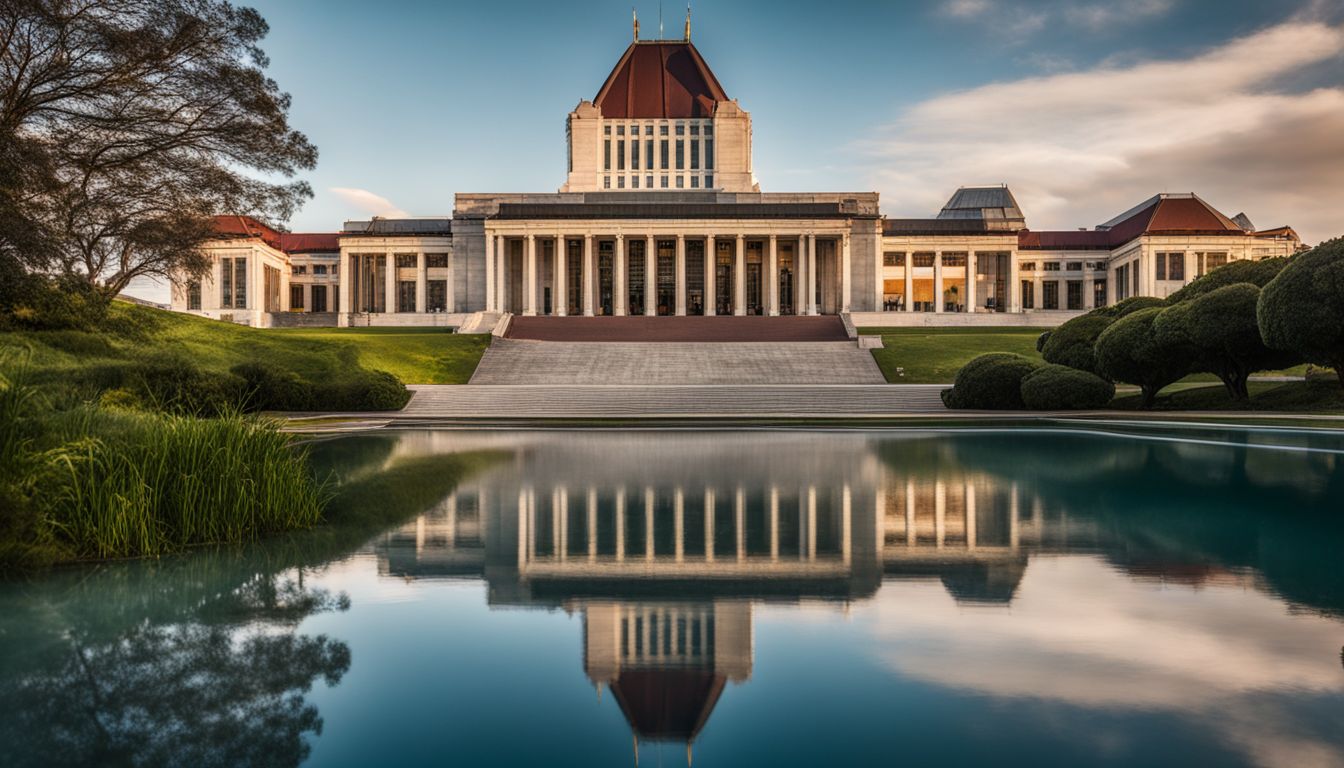
The National Parliament House in Bangladesh has several unique design elements that make it a standout landmark. These design elements include:
- A striking exterior: With its geometric shapes and use of natural materials like marble, the Parliament House stands out from its surroundings.
- Natural lighting: The building is designed to maximize natural light, with large windows and skylights throughout. This not only reduces energy consumption but also creates a bright and inviting atmosphere.
- The Grand Staircase: The main entrance features a grand staircase that leads to the main plaza. This staircase is not just functional but also serves as a visual focal point.
- Use of water: Water plays an important role in the design, with reflecting pools and fountains creating a sense of tranquility and adding to the aesthetic appeal.
- Symbolic elements: The design incorporates symbols of Bangladeshi culture and history, such as the use of lotus motifs representing purity, and the use of red brick reminiscent of traditional Bengali architecture.
Symbolism and significance
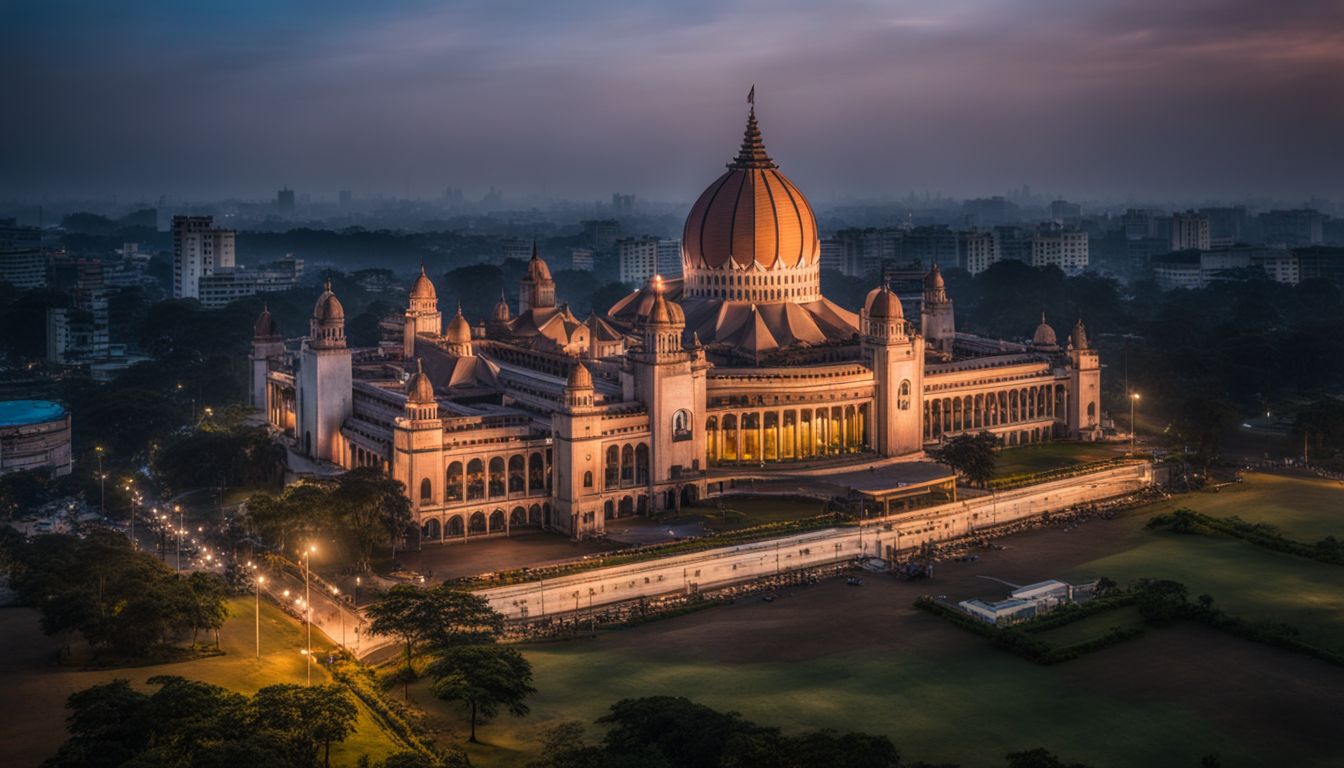
The Parliament Building in Bangladesh holds great symbolism and significance for the country. It represents democracy and sovereignty, serving as a powerful symbol of Bangladeshi pride and identity.
Designed by architect Louis Kahn, it is considered one of his most significant works and one of the twentieth century’s most important architectural structures. The design incorporates principles of “spirit” and “silence,” reflecting the country’s new democratic government.
With its impressive architecture and historical importance, the Parliament Building stands as a testament to Bangladesh’s cultural heritage and its commitment to democratic values.
Louis Kahn: The Architect Behind the Masterpiece
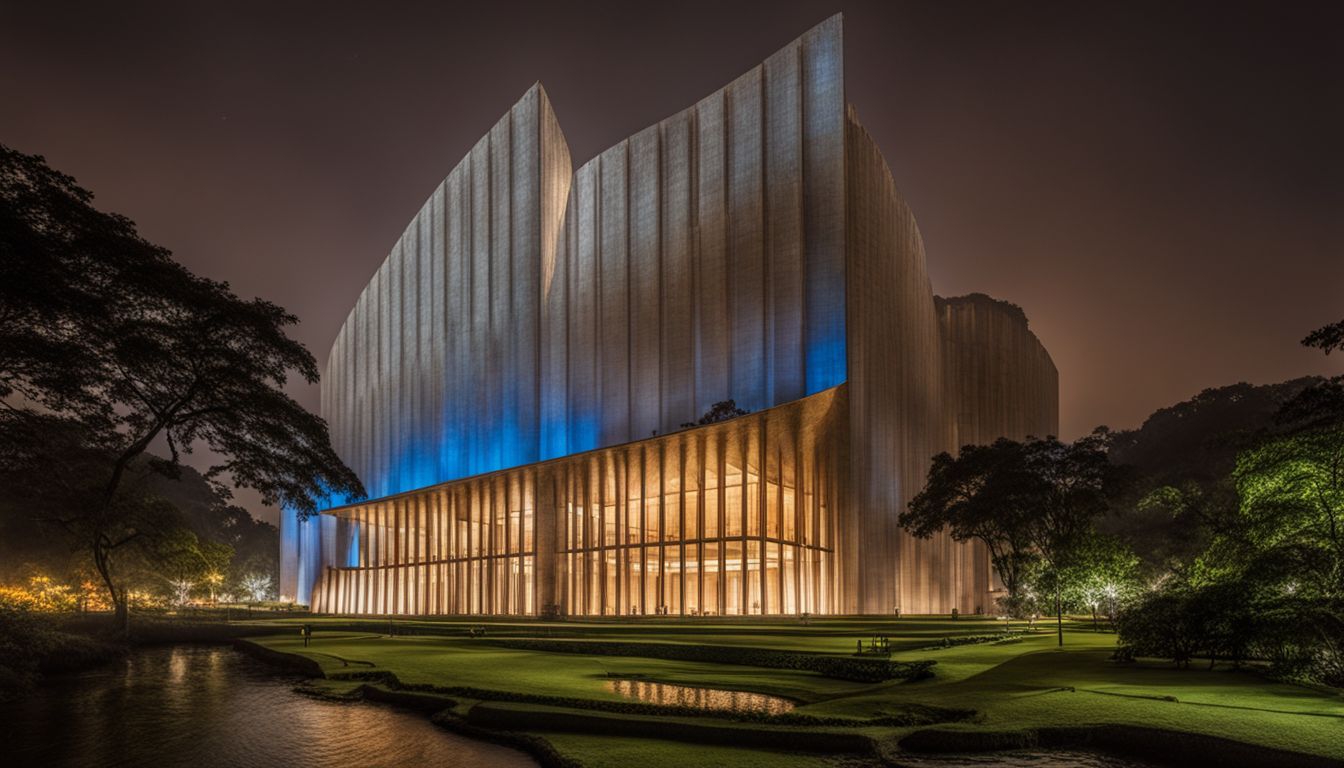
Louis Kahn, a renowned American architect, was the brilliant mind behind the masterpiece that is the Jatiya Sangsad Bhaban.
Background and other notable works
Louis Kahn, the renowned American architect, was chosen to design the Jatiya Sangsad Bhaban, also known as the Parliament Building in Bangladesh. Born in 1901, Kahn had a unique approach to architecture that emphasized natural light and geometric forms.
He believed that buildings should have a sense of monumentality and timelessness. Some of his other notable works include the Salk Institute for Biological Studies in California and the Kimbell Art Museum in Texas.
Unfortunately, Kahn passed away before seeing his vision come to life at the Parliament Building, but his legacy lives on through this iconic structure.
His vision for the Parliament building
Louis Kahn, the renowned architect behind the National Parliament House in Bangladesh, had a unique vision for this iconic structure. Inspired by the ancient ruins of South Asia, his design aimed to create a building that would stand as a symbol of democracy and national pride.
Kahn believed that architecture should evoke an emotional response and connect people to their cultural heritage. With this vision in mind, he designed the parliament building with grandeur and simplicity, using pure geometric forms and natural materials like concrete and marble.
His goal was to create an architectural masterpiece that would inspire awe and reverence while serving as a functional space for political discourse and decision-making. Today, his vision has come to life in the form of one of the most significant buildings of the twentieth century – a testament to his genius and dedication to creating spaces that transcend time.
How the Complex is Used for Parliamentary Business
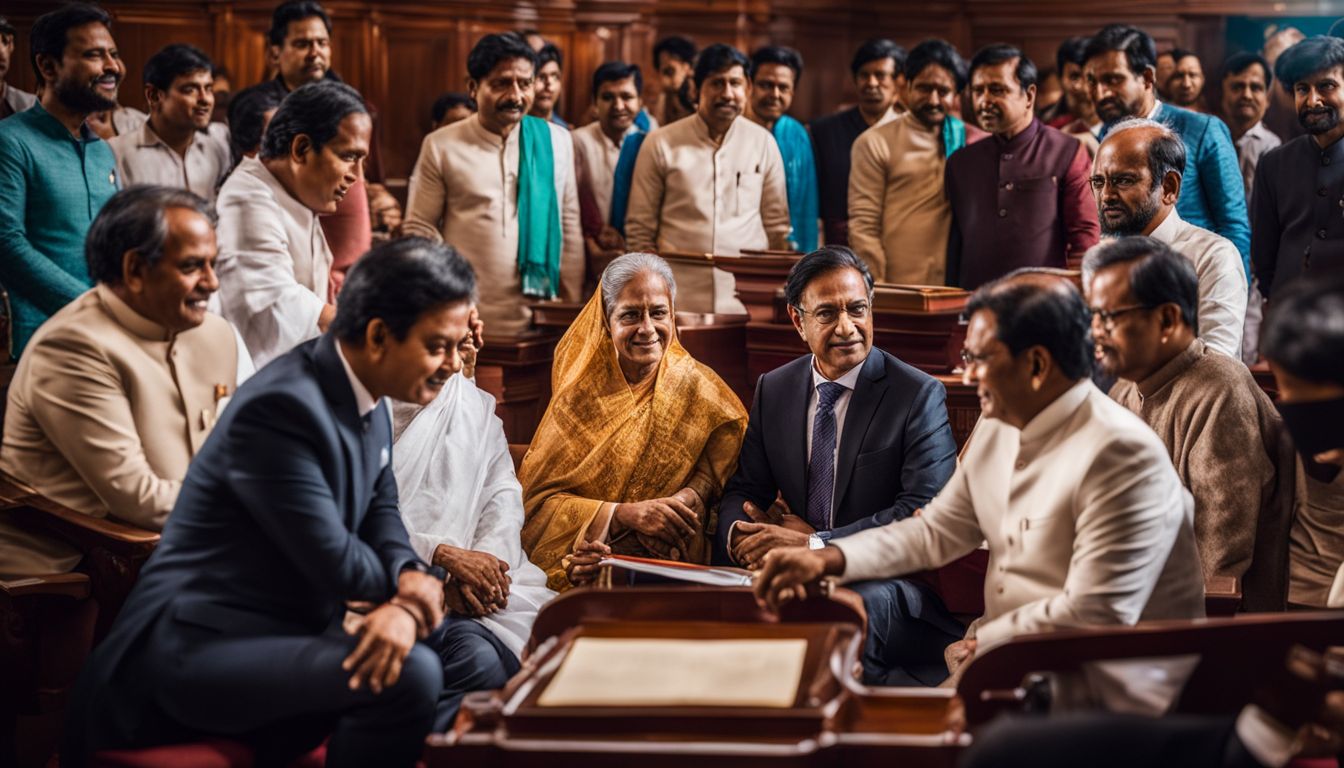
The Parliament building in Bangladesh is not only a stunning architectural marvel, but also a functional space where parliamentary business takes place.
Function and layout of the building
The function of the Parliament building in Bangladesh is to serve as the official seat of the government’s legislative body. It is where Members of Parliament gather to discuss and make important decisions for the country.
The layout of the building includes various chambers and halls where parliamentary sessions take place, as well as offices for members and staff. There are also areas for public access, such as visitor galleries and meeting spaces.
The design of the building emphasizes transparency and accountability, reflecting its role in promoting democracy in Bangladesh.
Role in government and decision-making
The Jatiya Sangsad Bhaban serves an important role in the government of Bangladesh. It is where the Parliament meets and makes decisions that affect the country. The building provides a space for members of parliament to gather, discuss, and debate on various issues.
It is here that laws are proposed, debated upon, and ultimately voted upon by the legislators. This iconic structure plays a vital role in shaping the governance of Bangladesh and ensures that democratic processes are carried out effectively within its walls.
Impact on Bangladesh’s Cultural and Architectural Landscape
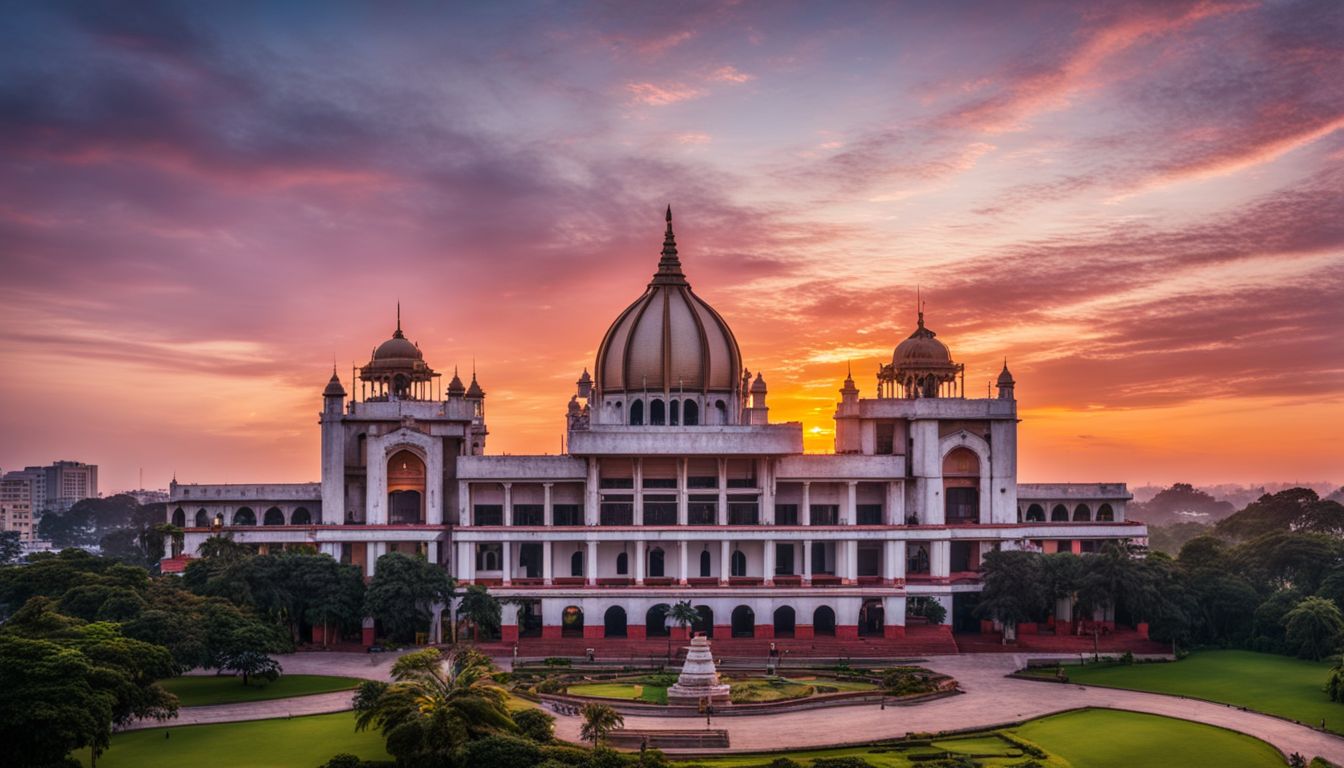
The Parliament Building in Bangladesh has become a symbol of national pride and has had a significant impact on the country’s cultural and architectural landscape.
Symbol of national pride
The Parliament building in Bangladesh is a symbol of national pride. It represents the country’s democratic government and its sovereignty. This iconic structure holds great cultural significance, showcasing Bangladeshi pride, culture, and new beginnings.
It has become a monumental representation of the nation, reflecting its heritage, ethos, and lifestyle. The ambition to have it recognized as a UNESCO World Heritage site further highlights its architectural value and cultural importance.
Influence on other architectural projects in the country
The National Assembly Building in Bangladesh, designed by architect Louis Kahn, has had a significant influence on other architectural projects in the country. Its unique style and design have served as a benchmark for modern and progressive architecture in Bangladesh.
Many architects and designers have looked to this building for inspiration and guidance in their own projects. As a result, the Parliament Building’s impact extends beyond its own walls and has shaped the architectural landscape of the entire country.
It stands as an iconic symbol of national pride, showcasing the power of architecture to shape our built environment.
Interesting Facts and Trivia about the Parliament Building
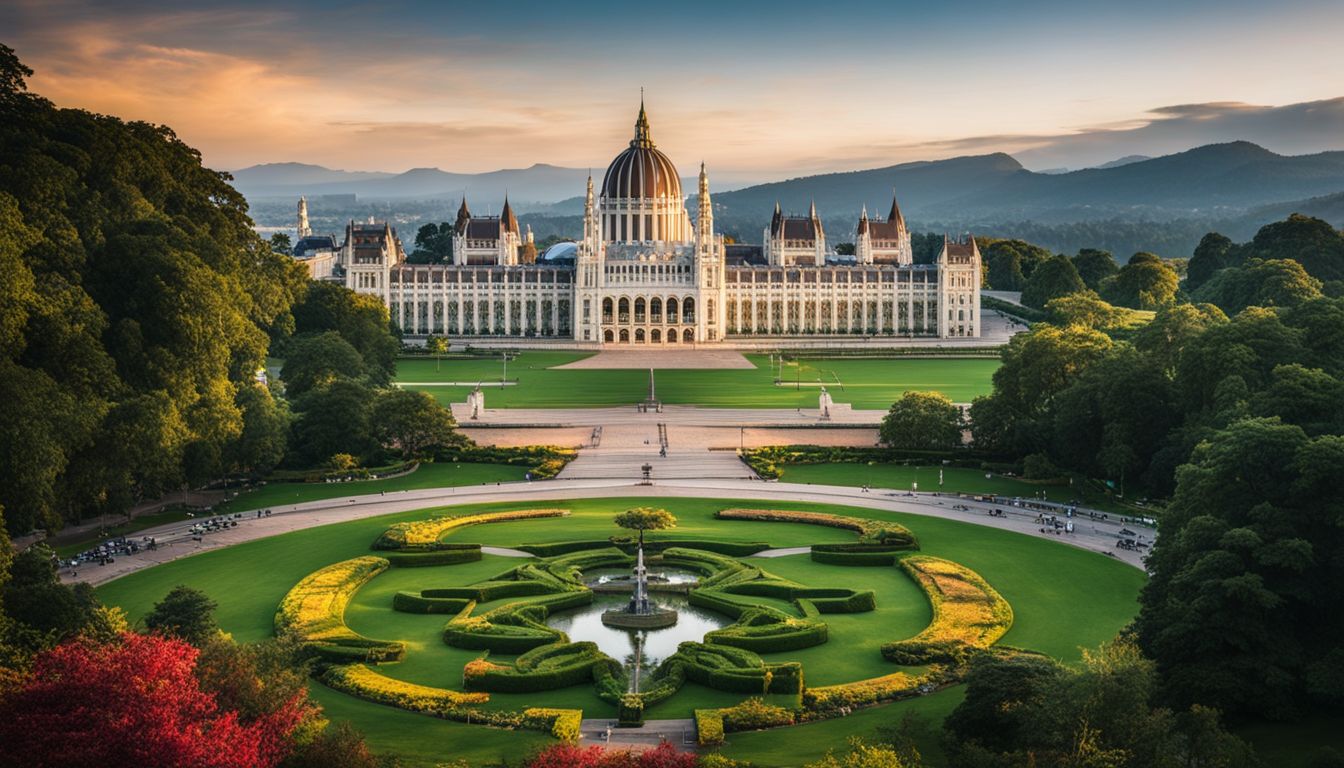
– The Jatiya Sangsad Bhaban is the largest legislative complex in the world, spanning over 200 acres and housing various government offices alongside the Parliament building.
Largest legislative complex in the world
The Bangladesh Parliament complex is an impressive feat of architecture and design, covering a vast area of 215 acres. It holds the distinction of being one of the largest legislative complexes in the world.
The National Parliament House in Dhaka, Bangladesh, is internationally renowned for its unique architectural design. Spanning over 200 acres of land, it encompasses eight concentrically aligned halls that serve various governmental functions.
This grand complex stands as a symbol of national pride and showcases Bangladesh’s commitment to democracy and governance on a global scale.
Collaborative effort between foreign and local architects
The Parliament Building in Bangladesh is a stunning example of a collaborative effort between foreign and local architects. The design of the building was conceived by the government of Pakistan, highlighting the integration of different architectural perspectives and styles.
Architect Louis Kahn, who was from America, worked closely with local architects to bring this vision to life. The result is a magnificent structure that showcases both local and foreign influences in its architecture.
This collaboration demonstrates how combining different talents can create something truly remarkable.
Conclusion
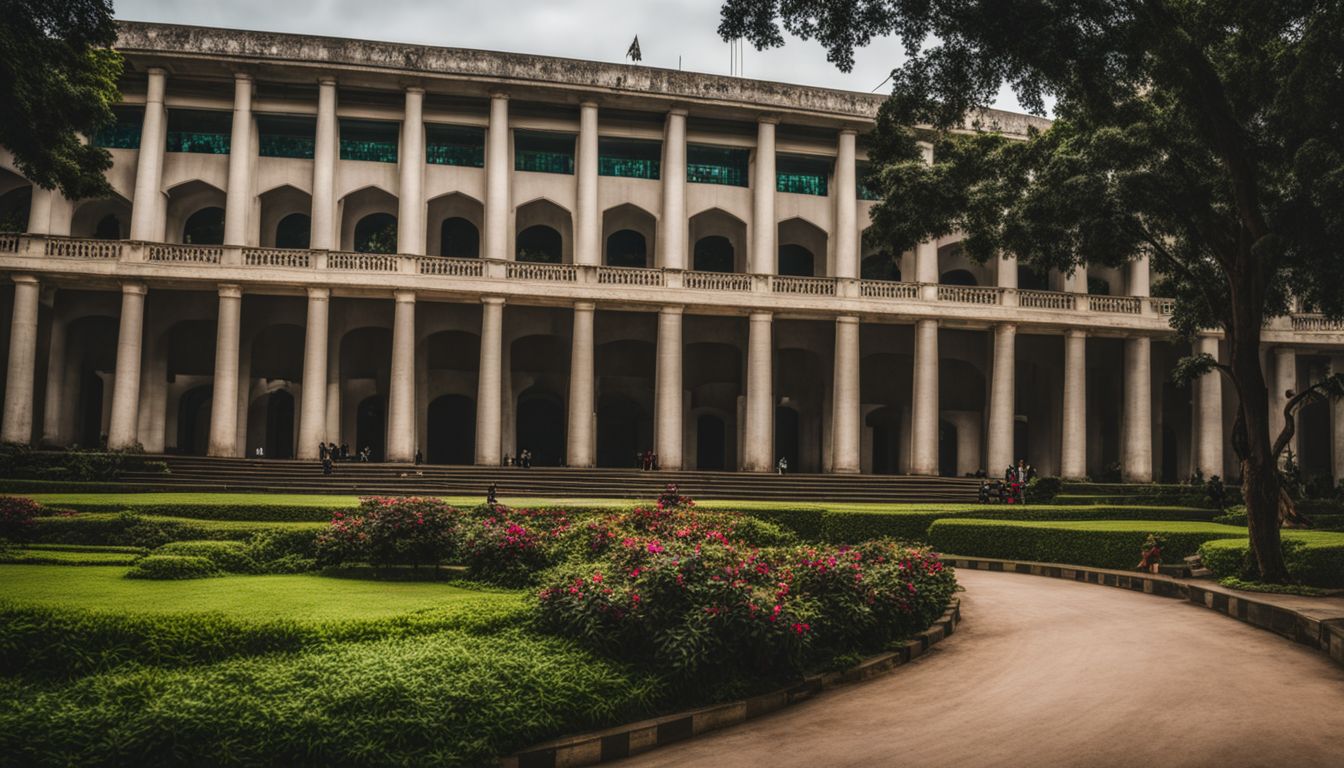
In conclusion, the National Parliament Building in Bangladesh is a truly magnificent structure that showcases both architectural brilliance and historical significance. Its unique design and symbolism make it an important symbol of national pride for the country.
Exploring this remarkable building provides visitors with a deeper understanding of Bangladesh’s cultural and architectural landscape, making it a must-visit destination for anyone interested in history and architecture.
FAQs
1. What is the Parliament Building in Bangladesh?
The Parliament Building in Bangladesh is a special place with lots of history and mighty architecture.
2. Where can I find the Parliament Building in Bangladesh?
You can find the grand Parliament Building right at the heart of Dhaka, which is the capital city of Bangladesh.
3. Why should I see the Parliament Building in Bangladesh?
If you love history and are awed by great design, then you will enjoy exploring this magnificent building for its rich past and breathtaking design.
4. Can anyone visit the Parliament Building in Bangladesh?
Yes! Anyone who wants to see stunning architecture or learn about Bangladeshi history can come and explore this site.
